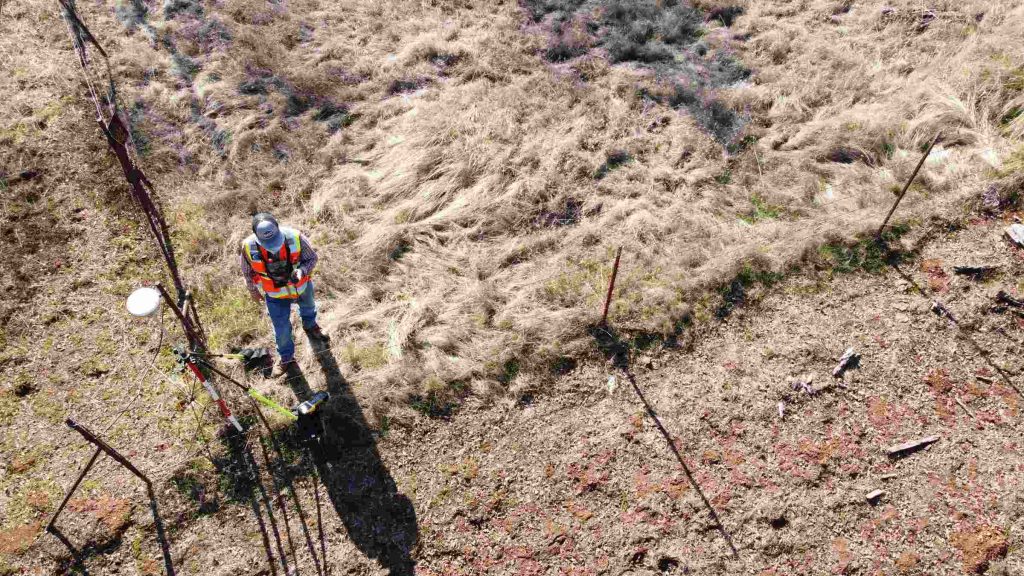Did you know that there are advanced positioning methods that can significantly enhance the accuracy of GPS systems in drone surveys? These technologies are Real-Time Kinematic (RTK) and Post-Processing Kinematic (PPK).
Commercial drones typically rely on GPS units and compasses. However, the accuracy provided by these devices can vary widely depending on weather conditions, terrain, the quality of the device, or other environmental factors. Even under optimal conditions, standard GPS systems offer meter-level accuracy.
To achieve higher precision, technologies like RTK and PPK are essential. These systems correct common errors in satellite navigation (GNSS) to improve the accuracy of mapped and surveyed data.
Curious about how RTK works? Want to understand the differences between RTK and PPK? Continue reading to discover how these technologies can benefit your projects.
